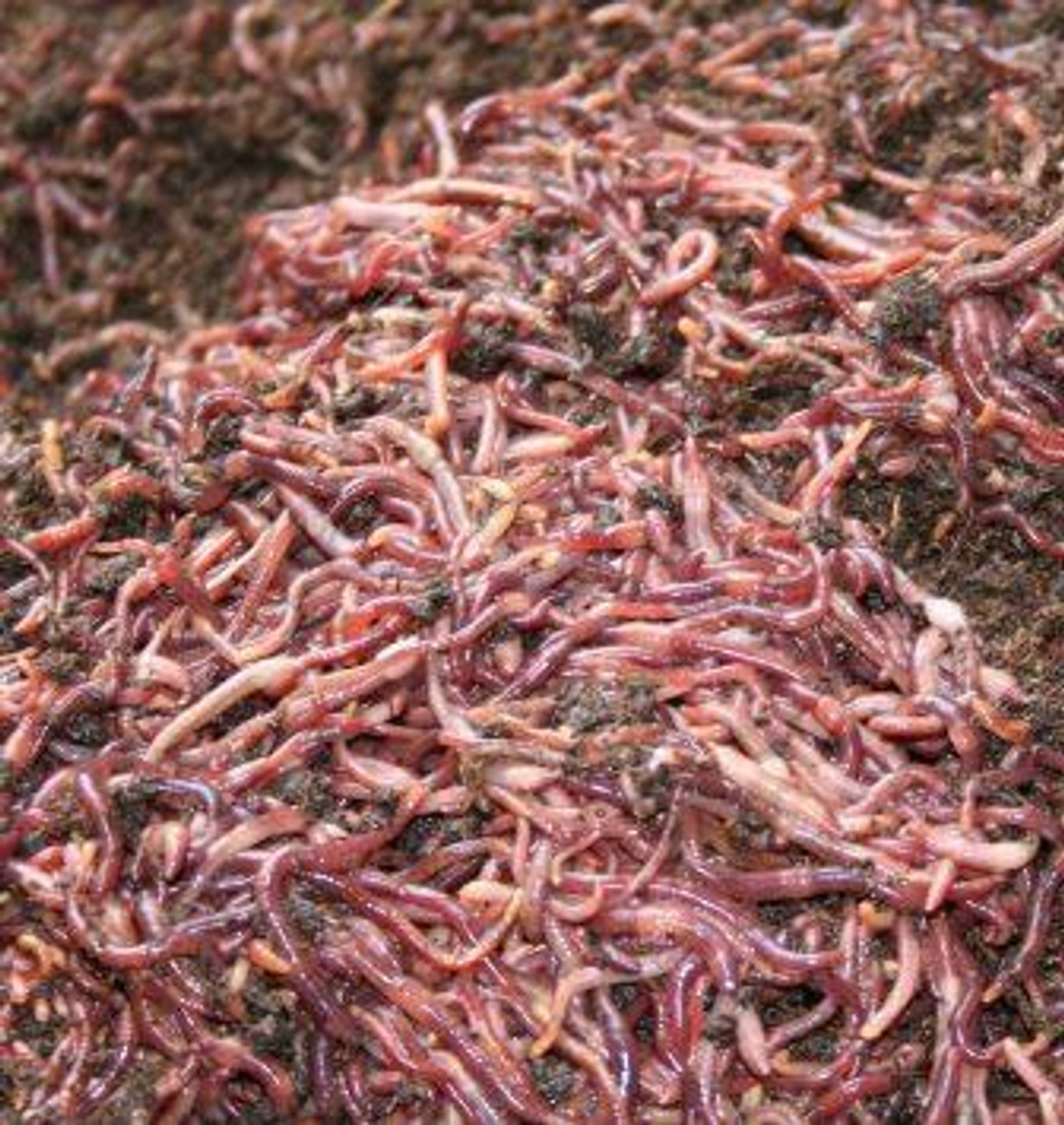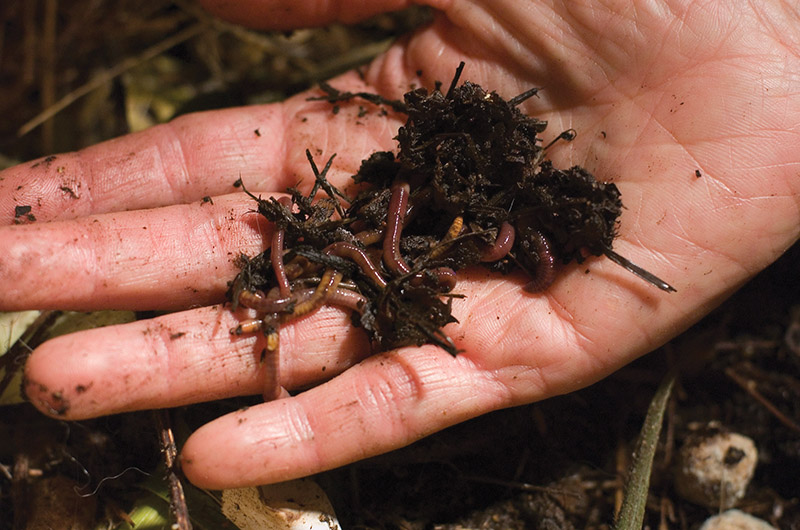Indicators on Where To Find Red Wigglers You Should Know
Indicators on Where To Find Red Wigglers You Should Know
Blog Article
Where To Find Red Wigglers for Dummies
Table of ContentsThe Where To Find Red Wigglers IdeasWhere To Find Red Wigglers Things To Know Before You Get ThisRumored Buzz on Where To Find Red WigglersWhere To Find Red Wigglers for DummiesSome Known Details About Where To Find Red Wigglers Where To Find Red Wigglers Things To Know Before You BuyThe Best Guide To Where To Find Red Wigglers
If you have a difficult time situating them, try using a shovel to dig right into the ground and damage the wet soil with your hands to locate them (Where To Find Red Wigglers). Soak your yard or lawn with water and look for your worms once it gets dark.Raise it utilizing utilize and search for your worms inside the hole. Note that you might need to dig a few times before they show up. Do not forget to look under rocks, bricks, timber, and various other objects you might discover on the ground, as that's where worms frequently reside. Nevertheless, you need to take care when doing this as you may run into dangerous animals below, consisting of serpents, crawlers, and scorpions.
When you capture numerous worms, you will intend to dip your fingers into sawdust to dry them and enhance your next grip. Note that you should not get rid of way too many worms from one place as this can negatively affect that environment. Position your worms right into their container and store them in the fridge.
You can also use a pitchfork to lure worms above the ground. Known as a worm groaning stick, this standard technique involves sticking the pitchfork right into the ground and after that rubbing it with a piece of steel or timber. The vibrations that are produced imitate the audio of a mole, which triggers the worms to surface.
The Of Where To Find Red Wigglers
All you need to save the little wigglers is a little styrofoam colder, some dirt, bed linen, and health food waste. Some people periodically sprinkle a little cornmeal to maintain the worms healthy and balanced and delighted. However, for long-lasting worm storage space, we suggest constructing a dedicated worm ranch. With any luck, you discovered a number of means to catch your worms the next time you need them after shutting hours or when you're really feeling too lazy to enter the vehicle and drive numerous miles to the nearest worm dealership! There is constantly a very easy escape for those wanting to stay clear of obtaining dirty in the garden.
This overview will certainly present you to the red wiggler to consist of a much deeper on dive on the varieties and details on reproduction, life process, and recreation. We'll speak about how to maintain red wigglers and why they need to be the best worm for most composters. The red wiggler (binomial name: eisenia fetida) is the globe's most common composting worm.
A study suggests that both can generate hybrid spawn, a sensation which needs to otherwise be considered impossible between many worm species. Fun truth: The "fetid" part of the binomial name refers to what some say is a reeky secretion the red wiggler makes use of to repel killers. Yet I've been handling them for years and never discovered this! The makeup of a red wiggler resembles that of other usual earthworms; a long-segmented body starts at the sharp head and terminates at a slightly-flatted tail.
The digestive system is simple, starting at the mouth where the worm starts to consume its food before passing it on the vocal cords. The pharynx is a muscle section which imitates a pump to draw food right into the mouth prior to pumping it out into the esophagus. The esophagus is narrow and thin-walled and functions as the "waiting room" for the gizzard.
The Best Strategy To Use For Where To Find Red Wigglers
Keep in mind: This need for grinding is why grit is suggested in a worm like it container. The worm features no native grinding ability so the worm counts on ingested grit to assist grind its food in the gizzard. find more The tummy is where the initial chemical break down of food occurs with the aid of a protein-busting enzyme.
The intestinal tract forms the longest part of the worm and is where the bulk of food digestion takes place through enymatic processes. The castings ultimately pass with the rectum at the end of the worm as pills coated with a biologically-rich mucous.
Within 42 days, these child worms will certainly get to sex-related maturation as shown by the emergence of the clitellum. A mature red wiggler can be expected to live in between one to 3 years (Where To Find Red Wigglers). The magnificent red wiggler might occasionally be made use of as a lure worm for smaller sized fish or as a healthy protein resource for poultries and reptiles
And as stated over, they are one of the most usual composting worm in the globe. Why? Well there's most likely not just one reason. Rather, a combination of cost, hardiness, and comfort in a large range of temperature levels makes it one of the most ideal composting worm for many new vermicomposters. Red wigglers and their cocoons can survive in a variety of problems.
The Only Guide for Where To Find Red Wigglers
This is an usual method amongst worm shippers that don't want to run the risk of having the worms rest in a warm or chilly storage facility over the weekend break. Worm farmers are not storing worms in a scenario where they are ready from this source to deliver. The worms must be gathered from their environment first, so farmers will frequently establish a Friday or Saturday target date in order to harvest in time for a Monday shipment.
To save on delivery expense, you might desire to see if there are any neighboring "Mom and Pop" stores with a Google search.

The smart Trick of Where To Find Red Wigglers That Nobody is Talking About
For ideal outcomes, you desire to shoot for concerning 60-70% moisture level. At the perfect dampness levels which is just under 70% that handful ought to hardly produce one drop of fluid.
The European Nightcrawler, the larger relative of the red wiggler, is just as voracious and likewise produces a good lure worm. But it prefers a little bit of a cooler atmosphere than the red wiggler. The African Nightcrawler is a large composting worm and makes a stunning, granular cast.
The Indian Blue is ravenous, but likewise chooses a warmer climate and it additionally displays a propensity to get away the container. The red wiggler is a hardy worm and isn't as particular regarding its environment. I such as to call it the Ford Taurus of vermicomposting worms; you won't boast to your hardcore composting buddies that you have them, however they will serve you well.
The Best Strategy To Use For Where To Find Red Wigglers
Like any various other bait, a worm's efficiency has pertained to depend upon its discussion. H.G. "Tap" Tapply underscored this factor almost a half century back in one of his Field & Stream columns. "A worm is such a shapeless creature," he composed, "there does not seem to be very a lot an angler can do with it except stab it on a hook and throw it right into the water." As Tap demonstrated, an angler can do a great offer to make a worm a lot more attractive.

Early morning is prime feeding time, and the weightless bait's slow-moving descent leaves 5 inches of squirming protein in complete view for a long time. After you've made the cast, maintain the bond open and placed the pole in a forked stick. The line will certainly diminish the rod in slow loopholes as the worm clears up, yet generally the sluggish loopholes will come to be a blur, and the early morning will instantly obtain instead intriguing.
I generally make use of a whole 'spider, choose marabou clothing, and drop the pole for two or 3 secs when I obtain a hit.
The Facts About Where To Find Red Wigglers Revealed
If it's there, set the hook with a sweep rather than a jerk. As soon as in a while you'll locate on your own hooked to those sluggish, hearty yanks, and feel the weight of a good walleye.
Report this page